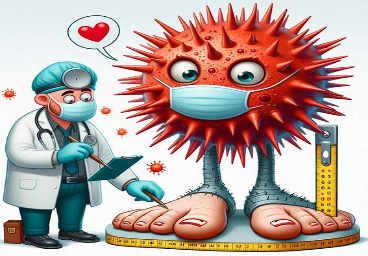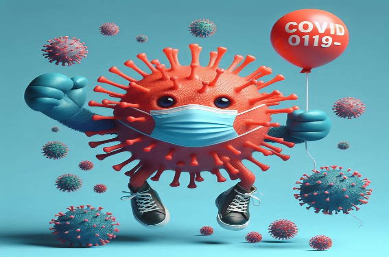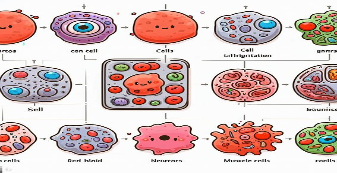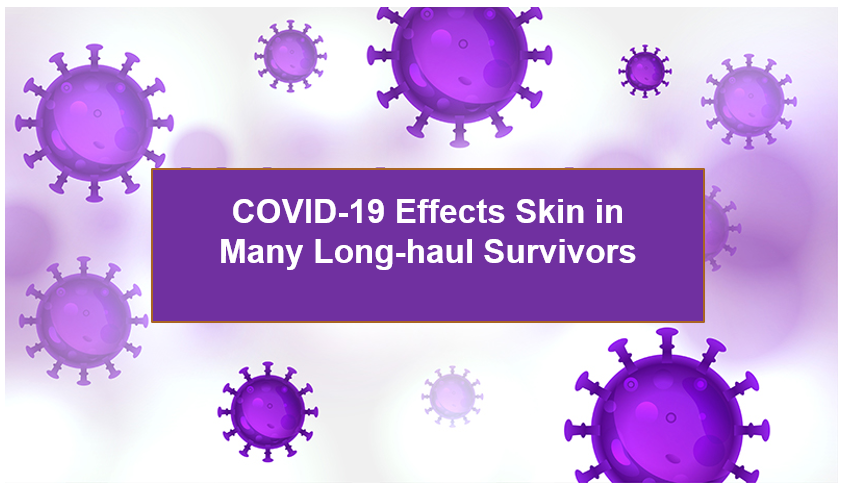
COVID-19 and the Etiology of Skin Breakdown: Genomic Mechanisms, Clinical Diagnosis, Variations, Treatment, and Outcomes
The global impact of COVID-19 has extended far beyond its respiratory origins, revealing a complex spectrum of systemic manifestations. Among these, dermatologic involvement has emerged as both a diagnostic clue…[...]
Read More







